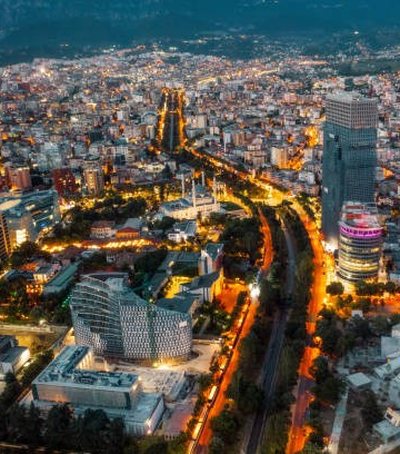
On the average of EU member states. By identifying regions below 75%, funds are allocated to advance social cohesion. In Europe, the poorest regions are in the eastern and southern parts of it, such as Romania, Bulgaria, Greece and some regions in Spain, which have a per capita income of 60-75% of the EU average.
But a recent assessment by INSTAT reveals the drama of the economic situation of the Albanian regions and the 12 counties of the country, which are very bad even in relation to the poorest regions of Europe. The data show that only Tirana Region has GDP per capita as high as 42% of the EU average, while 8 other counties have per capita income of less than 25% of the EU average level for the year 2017.
The poorest country in the country, Kukes, has a per capita GDP of 18% of Europe's average, ranking 2017 as the poorest region in Europe.
Fier region has revenues of 31.3% of the EU average, Gjirokastra 30.9%, Durrës 30.2%, Vlora 25.6%, Berat with 25.4%, Diber with 22.8%, Korca with 22.7%, Shkodra with 21.9.3% and Elbasan with 21.1% of the EU average. Within the country, Tirana has GDP per capita 2.2 times higher than the Kukes Region which is the poorest in the country. While Tirana also has a big economic difference with the city of Elbasan even though they are neighbors. GDP per capita in Elbasan is twice lower than in Tirana.

During 2017, the economic gap between Tirana and other regions deepened further. As this progress is a warning that the Albanian city will continue to emigrate to Tirana or emigration precisely because of the huge economic gap. In 2017, the highest growth was recorded by Tirana County with a real increase of 8.54%, followed by Durres Qark with a real growth of 4.09% and Berat County with an increase in terms real one of 1.92%.
Economic growth slowed down in Vlora region, down 3.26% in real terms and in the Korça Region, down 2.22% in real terms. As a whole, Albania's per capita income is as much as 30% of the EU average, ranking it as the country's poorest in Europe. Serbia and Macedonia have this indicator at about 37% and 35% respectively, while in Montenegro it is about 40%.

According to Eurostat, inequalities that exist between different regions can be attributed to a wide range of factors, including: changes brought about by globalization (such as relocation and switching of production activities and services), inheritance of former economic systems, socio-economic developments -economic, geographical distance and the availability of resources, including human resources. These are manifested, among other things, in the form of social deprivation, poor quality housing, health care or education, higher unemployment rates or inadequate infrastructure.
Source: Monitor.al





